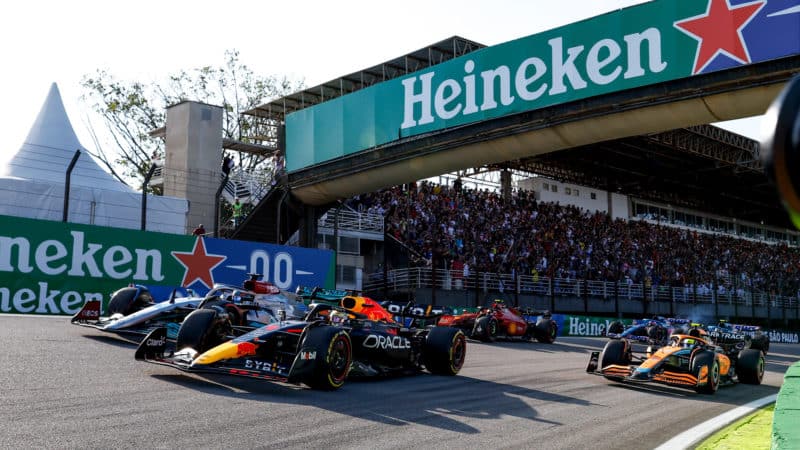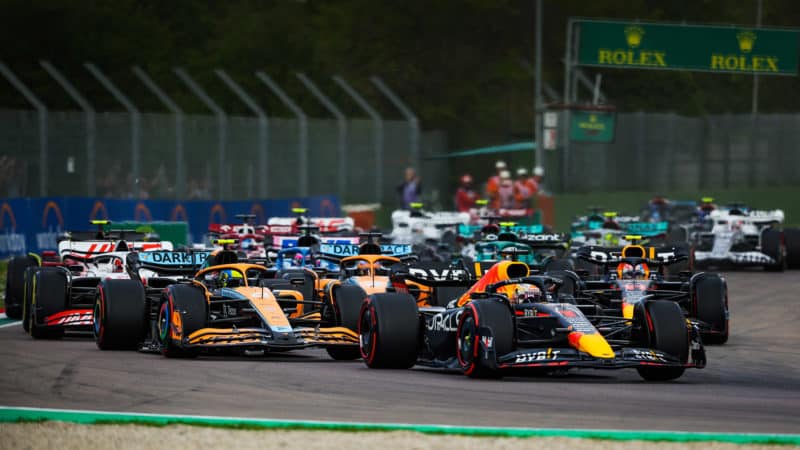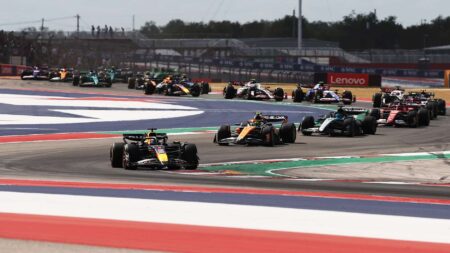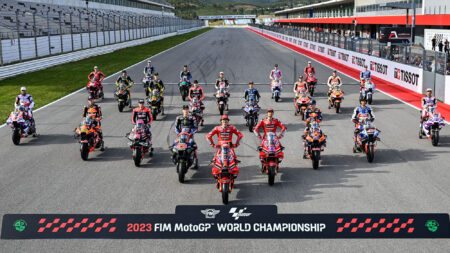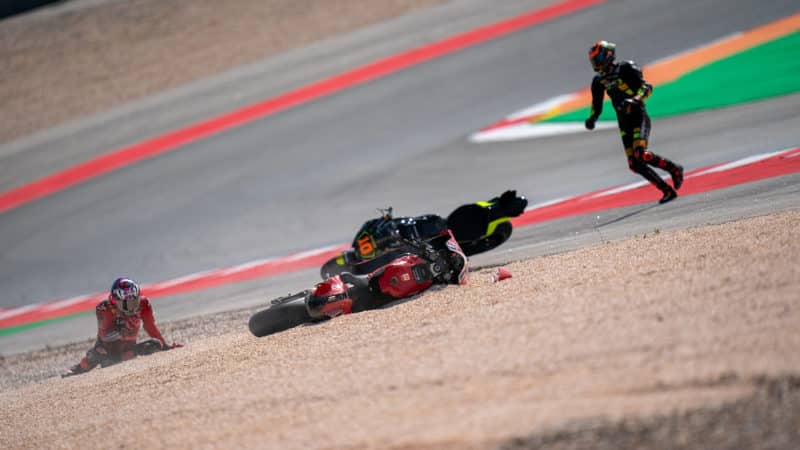You’ve got to admit, in a sport that was reluctant to change for so long, that’s damn impressive.
But is it going to be any good? That’s where the real praise – or otherwise – is going to come from.
Domenicali is clearly a fan of the format change, but to be fair it’s not just him who was pushing for it. In fact, as Williams team principal James Vowles pointed out recently: “There was a very good meeting where myself and other team principals sat down and discussed ‘What would be good for the sport?’ And it really was that level of discussion, a discussion that I don’t think could have been held that way five years ago because it was all about individuals and what’s best for your team back then?”
But there were warnings from Vowles too, that if changes aren’t handled correctly then there’s a risk a new format “completely destroys the remainder of the race weekend”.
That’s led to a huge amount of back-and-forth between the teams, the FIA and F1 as the latter two request feedback and votes on specific items to try and gauge the expectation for what the impact will be, before today’s unanimous decision to implement the standalone Saturday.
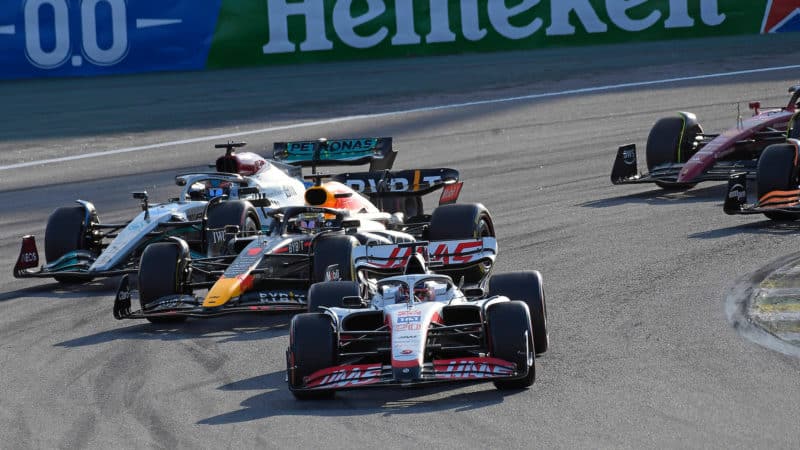
Kevin Magnussen leads at the start of last year’s sprint race at Interlagos
Grand Prix Photo
Simulations are one thing, but at a time when F1’s calendar has become so condensed (the past few weeks excepted), there isn’t time to do real-life tests of changes of this sort of scale. It’s pretty much trial and error. Remember elimination qualifying anyone?
So now we have the ‘sprint shootout’ (another qualifying session) that adds up to half an hour of track action, and a race that’s usually no more than 30 minutes. In other words, for more competitive sessions, there’s now barely an hour’s track time on a Saturday.
That’s not going to be an unforeseen issue – it’s a trade-off between an hour-long practice session with largely mundane circulation or a race – but there could be others that are currently not predicted.
